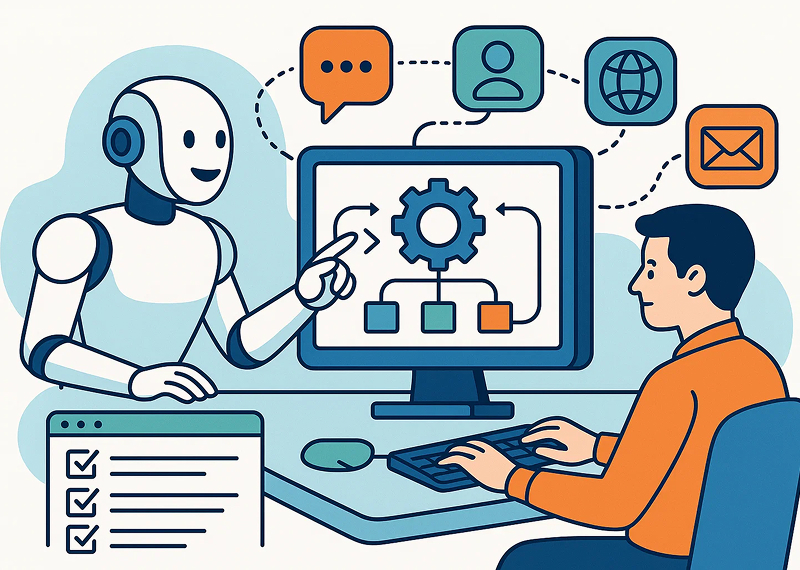
Cold email isn't dead — it's just evolved.
Modern sales teams no longer rely solely on spreadsheets, time-blocked follow-ups, and hopeful subject lines. Instead, the smartest teams now use AI sales agents like Remo to run strategic, multi-step email sequences that drive consistent outbound performance at scale.
But while automation has changed the speed and scalability of outreach, the structure and intent behind your email sequences still matter more than ever. And without the right playbooks, even an AI sales agent can fall flat.
This blog walks you through the 5 foundational email sequences every AI sales agent should be running — what they are, why they matter, how they’re structured, and how agents like Remo run them 24/7, flawlessly.
The inbox is a battleground. B2B decision-makers receive dozens of emails per day. In that chaos, it’s not the first email that wins — it’s the sequence.
A strong sequence:
An AI sales agent’s true power lies in managing these touchpoints without dropping the ball, and doing it with hyper-personalization and real-time logic.
Break the ice and generate the first meaningful reply from a prospect who has never interacted with your brand.
Cold leads from intent data, firmographic filters, or scraped databases.
Subject: Growth help for [company name]?
Hi [First name],
Quick note — we help [job titles] at [industry type] companies get 10–15 qualified demos/month using an AI agent (not human SDRs).
Worth a quick chat this week?
You’re not just relying on one perfect email. You’re creating a narrative across 4–5 touchpoints that adapt based on engagement and get your brand on the radar.
Convert intent signals into booked meetings.
Website visitors, LinkedIn connections, webinar attendees, ebook downloaders, free trial users.
It leverages context and personalization. Remo can pull in visit paths, CRM tags, webinar titles, etc., and tailor outreach with relevance.
Use this sequence to segment and qualify leads as well. If they don’t engage here, they may not be ready.
Revive conversations with leads who ghosted after a demo or pricing conversation.
Remo tracks previous CRM and email history to build context: what was last discussed, which objections came up, and where things went quiet. He then tailors the sequence accordingly.
Convert leads who’ve been referred or introduced by someone in your network.
Since the lead comes with implicit trust, the tone can be warmer and more confident.
Use personalization at the segment level (industry, job title, geography) to get better engagement from known personas.
Ideal Customer Profiles segmented by:
If your ICP is:
Your sequence could be:
It shows you’re speaking to them — not their entire market.
Remo is not just an email sender. He is an autonomous outbound agent who:
Every sequence becomes smarter over time as Remo tracks what’s working across campaigns.
Email sequences are your sales narrative. They give your AI agent the structure to communicate clearly and consistently across the funnel.
The 5 core sequences outlined here are:
With an agent like Remo, you’re not just scheduling emails — you’re building an intelligent system that gets smarter with every touchpoint.
👉 Set up your sequences, upload your leads, and let Remo take it from here.